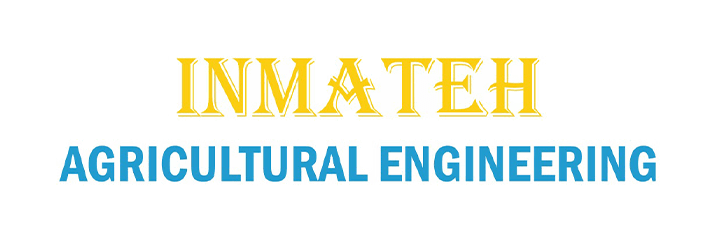RESEARCH ON A CHERRY MATURITY DETECTION MODEL BASED ON IMPROVED YOLOV11N
基于改进YOLOV11N的樱桃成熟度检测模型研究
DOI : https://doi.org/10.35633/inmateh-77-51
Authors
Abstract
Currently, research on cherry detection and recognition is relatively limited, and existing methods for agricultural product inspection often suffer from slow speed and low classification accuracy. To address these issues, this paper introduces an improved YOLOv11n-based model for detecting cherry ripeness, designed to enhance both the accuracy and efficiency of identifying cherries at different maturity stages. First, improvements were made to the backbone network of the YOLOv11n model by replacing the original backbone with ConvNeXtv2. This replacement achieved a broader global receptive field and enhanced multi-scale learning, which helped reduce computational costs and significantly improve efficiency while maintaining high performance. Second, a DCNv4 convolution module—an advanced convolutional layer with adaptive receptive fields—was added to the neck of the model. The neck is an intermediate stage that combines features from different layers, and the DCNv4 adapts the receptive field to help accurately locate occluded cherries of any shape and scale. This improves detection performance for small cherries without increasing computational complexity. Finally, the convolutional attention module CBAM was introduced. CBAM adaptively focuses on important image features while suppressing irrelevant background by using both channel and spatial attention mechanisms. Together, these additions significantly improve cherry detection accuracy and robustness. Our experimental results show that the improved M-YOLOv11n algorithm achieved a 4.84% increase in mAP@50 compared to the original YOLOv11n model. Precision and recall also improved by 1.25% and 0.4%, respectively. Overall, the enhanced model outperformed not only its base version but also the YOLOv5n and YOLOv8n models. Compared to multi-stage models, the proposed model demonstrates superior accuracy, speed, and reduced computational requirements. This improvement enables more efficient and precise identification of cherry ripeness, thereby enhancing the efficiency of cherry harvesting and facilitating optimal harvest timing. These advancements support the optimization of storage and transportation conditions for cherries and provide robust technical support for intelligent orchard management and the advancement of automated fruit sorting systems.
Abstract in Chinese





